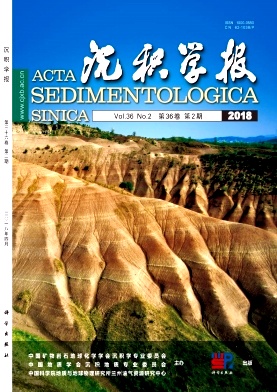Diagenetic Facies of Triassic Baikouquan Formation in Mabei Area, Junggar Basin
doi: 10.14027/j.issn.1000-0550.2018.030
- Received Date: 2016-10-18
- Rev Recd Date: 2017-06-10
- Publish Date: 2018-04-10
-
Key words:
- northwest of Junggar Basin /
- Triassic /
- Baikouquan Formation /
- reservoir /
- diagenetic facies
Abstract: The reservoir characteristics and diagenesis of the Triassic Baikouquan Formation in the Mabei area, Junggar Basin, were studied based on data from core, thin sections, scanning electron microscopy, well logging and mud logging. The results show that the sediments of this area are mainly sandy conglomerate, unequal grain conglomerate, conglomerate sandstone and fine sandstone, and the structural maturity and compositional maturity of reservoir are generally low. The reservoirs mainly experienced compaction, cementation and dissolution, and the muddy matrix has a great influence on diagenesis and pore evolution. Based on the petrological characteristics, diagenesis and the influence of muddy on the reservoir characteristics, the division of diagenetic facies of the study area is established, which include six parts:high maturity and strong dissolution facies, high maturity and moderately cemented dissolution facies, high maturity and strong compaction-weak dissolution facies, high maturity and strong cementation facies, low maturity and strong compaction facies, and low matureity and strong cementation facies. The different diagenetic facies reflect different depositional environments and diagenesis, which is related with pore type and physical properties of reservoir. Every kind of diagenetic facies has different characteristics of diagenetic sequence, pore evolution pattern, and profile and plane distribution characteristics, which could provide the basic knowledge for the prediction for high-quality reservoir.
| Citation: | ZHANG ShunCun, HUANG LiLiang, FENG YouLun, ZOU Yang, LU XinChuan, GUO Hui. Diagenetic Facies of Triassic Baikouquan Formation in Mabei Area, Junggar Basin[J]. Acta Sedimentologica Sinica, 2018, 36(2): 354-365. doi: 10.14027/j.issn.1000-0550.2018.030 |






 DownLoad:
DownLoad: